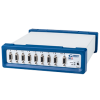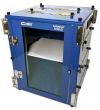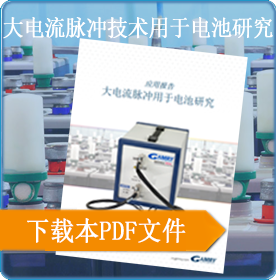附件
Potentiostats and electrochemical cells containing at least two electrodes (working electrode and quasi-reference electrode) are essential components for any electrochemical experiment. Some experiments may only require these two instruments, but in general, it is best to have other instruments/equipment as an aid when performing electrochemical studies and tests.
Some experiments require some accessories: accurate current measurements, especially when measuring very low currents. Some accessories, although not required, are extremely helpful for throughput or simplification: multiplexers are multi-channel replacements and are less expensive, making them ideal for long-term automated testing, such as trends in corrosion testing (RP/EC, EFM) experiment.
Electrodes, temperature controllers, agitator-purifiers, rotators, and the above multiplexers and Faraday cages are all available from Gamry, ensuring that you can perform the required electrochemical work – even to the limits of potentiostats.
-

IMX8 电化学多路器
- IMX8™电化学多路器是一种提高实验室样品通量的手段
-
应用
·缓蚀剂测试
·涂料/涂层评价
·电偶腐蚀
·腐蚀监测
·化学传感器开发
-

RXE10k 旋转电极
应用
- 腐蚀
- 催化剂开发
- 燃料电池研究
- 控制反应物向电极表面的物质传输 surface
-

TDC5 温度控制器
- 温度控制器可以控制实验期间的加热和冷却过程
- 控制器与 Gamry 恒电位仪一起工作
-

法拉第笼
- 浮地设计
- 为电极线、进气管、恒温水浴进出水管等预留多个口
-

电化学电池及配件
- Provides effective shielding from environmental electronic noise
- Allows for high quality electrochemical measurements at very low currents


